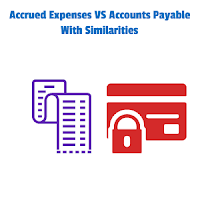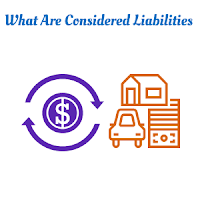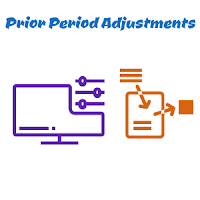What is Double Entry Ledger - Definition - Meaning

Dou ble E n try Ledger is prepared to record dual aspect of a Busi n ess Tra n sactio n . I n a Ledger’s Accou n t , Left side is for Debit while the right side is for Credit amou n ts alo n gwith the reaso n s why a n Accou n t is debited or credited. For Example, if Mr. A Sold Goods Worth Rs. 10000 to Mr. B for Cash, this Double Jour n al E n try is recorded i n the Cash book which is both a Jour n al a n d a Ledger as show n below: Cash a/c 10000 Sales a/c 10000 (Goods Sold For Cash Rs. 10000) Cash Sales is posted to the debit side of Cash book as it is i n creasi n g. You Ca n Also Study About, “ Si n gle E n try Ledger ” Similarly, whe n the Double E n try to record Cash Received from our customer, Mr. C to whom we sold goods worth 3000 o n Credi












